5 Ways Sprinkler Repairs Can Extend the Life of Your System
Sprinkler systems are a vital component in maintaining a healthy, lush landscape, but like any mechanical system, they require proper maintenance and timely repairs to ensure longevity. In this article, we explore various ways sprinkler repairs can significantly extend the life of your system, ensuring it operates efficiently and effectively for years to come.
1. Identifying Early Wear and Tear
1.1 Routine Inspection Protocols
Regular inspection is the first step in identifying early wear and tear in a sprinkler system. By following routine inspection protocols, homeowners can catch minor issues before they escalate into major problems. Scheduled checks should include visual assessments and operational tests of each component. Observing water coverage, checking for leaks, and testing the functionality of moving parts are crucial. With early detection, you can extend the lifespan of your system by addressing issues promptly.
1.2 Understanding Age-Related Component Degradation
As sprinkler systems age, components naturally degrade over time due to environmental exposure and usage. It's essential to understand how materials used in construction can wear differently, leading to reduced efficiency. Regularly replacing aged or worn parts can prevent more extensive damage. Homeowners should familiarize themselves with the longevity of specific components to prepare for inevitable replacements. Proactively replacing parts helps maintain the system's overall durability.
1.3 Utilizing Technological Advances for Diagnosis
Leveraging technology in sprinkler maintenance allows for more precise diagnostics and repairs. Many modern systems now include sensors and smart controllers that provide real-time data on performance. This technological advancement helps identify issues that are not visible to the eye, such as underground leaks or pressure fluctuations. By utilizing these tools, homeowners can ensure their system operates at peak efficiency. This proactive approach aids in preventing costly repairs and extending system life.
2. Ensuring Optimal Water Efficiency
2.1 Calibrating Spray Patterns and Coverage
Calibrating spray patterns and coverage is an essential aspect of achieving optimal water efficiency. Misaligned or wrongly adjusted sprinkler heads can lead to uneven watering, water waste, and inadequate plant hydration. By ensuring that each sprinkler head is adjusted correctly, homeowners can provide even coverage, minimizing water waste. Properly calibrated systems contribute to a lush, healthy landscape while conserving water. Regular checks and recalibrations are vital for sustainable water usage.
2.2 Preventing Water Leaks and Wastage
Water leaks in a sprinkler system can occur due to worn seals, cracked pipes, or faulty valves, leading to significant water wastage. Timely repairs are crucial in stopping leaks, which otherwise increase utility bills and harm the environment. According to LawnStarter, most homeowners pay between $130 and $360 for sprinkler system repairs, with an average cost of $250. These costs are often outweighed by the savings from reduced water use and prevention of property damage. Fixing leaks promptly plays a crucial role in maintaining the system's efficiency and longevity.
2.3 Upgrading to Water-Saving Components
Upgrading to water-saving components such as drip lines, smart controllers, and high-efficiency nozzles can lead to significant reductions in water usage. These components are designed to deliver the appropriate amount of water where and when it is needed most. Smart controllers, for instance, can adjust watering schedules based on weather conditions and soil moisture levels. By investing in these upgrades, homeowners can save money and conserve water. The long-term benefits of these installations surpass their initial costs.
3. Preventing Major System Malfunctions
3.1 Importance of Valve and Controller Checks
Valves and controllers are the control center of any sprinkler system, and their proper functioning is critical. Regular checks help ensure that these components operate correctly, thereby preventing mishaps such as overwatering or system shutdowns. Misfunctioning valves can lead to water being wasted or insufficient watering of plants. Similarly, malfunctioning controllers may cause erratic watering schedules. Keeping these components in check is crucial for the system's reliability and longevity.
3.2 Recognizing Signs of Pump Failure
Pumps are vital for maintaining adequate water pressure within the system, and their failure can result in significant disruptions. Recognizing early signs of pump failure, such as unusual noises, inconsistent pressure, or even visual rust, can prevent further damage. Regular maintenance, including cleaning and lubricating moving parts, can alleviate stress on the pumps. Timely repair or replacement of faulty pumps is crucial to prevent cascading system failures. Keeping an eye on pump health is key to maintaining efficient water delivery.
3.3 Electrical System Inspections and Repairs
The electrical components of a sprinkler system, such as wiring and timers, require regular inspections to avoid malfunction. Electrical issues can lead to erratic operation or complete system failure. Testing electrical connections, assessing wiring for damage, and verifying proper connection of all components is crucial. Ensuring the system is grounded correctly can prevent damage from lightning and other electrical disturbances. Regular electrical maintenance prevents severe damage, extending the system's usable life.
4. Enhancing System Performance
4.1 Installing Advanced Irrigation Technology
Incorporating advanced irrigation technology into your sprinkler system can notably enhance performance. Technologies like moisture sensors and rain shut-off devices can optimize watering needs based on real-time environmental conditions. By reducing unnecessary watering, these technologies ensure efficient water use and promote healthy plants. Furthermore, advanced controllers can automate adjustments, reducing manual interventions. Implementing these technologies can significantly improve the efficacy and efficiency of your irrigation system.
4.2 Customizing Zones for Different Landscapes
Different landscape areas have varying water needs, and customizing irrigation zones accordingly can greatly enhance system effectiveness. By dividing the landscape into zones based on plant type, sun exposure, and soil type, homeowners can apply water where it is most needed. This zoning approach not only conserves water but also guarantees that each area of the landscape receives appropriate hydration. Tailoring zones promotes healthier plant growth and a more attractive landscape. Effective zoning contributes to a well-balanced and sustainable irrigation system.
4.3 Integrating Smart Controllers
Smart controllers can revolutionize the way sprinkler systems operate by using real-time data to make watering decisions. These controllers can adjust watering schedules based on factors like soil moisture, temperature, and forecasted precipitation. Homeowners can even control and monitor their system remotely via apps, adding convenience and flexibility. Smart controllers help reduce water use and improve system efficiency by ensuring water is delivered precisely where and when it is needed. The integration of smart technology aids in creating a more responsive and sustainable irrigation setup.
5. Safeguarding Against Environmental Damage
5.1 Protecting Against Frost and Freezing
Cold climates present unique challenges to sprinkler systems, with frost and freezing conditions posing significant risks. Water left in pipes during freezing temperatures can expand and cause pipe bursts. Proper winterization, involving blowout techniques and draining lines, is crucial. Fitting insulation materials and protective coverings on exposed system parts can provide additional protection. Addressing these issues proactively helps ensure the system remains functional during colder seasons.
5.2 Shielding Components from UV Rays
Ultraviolet (UV) rays from the sun can deteriorate plastic and rubber components of a sprinkler system over time. Shielding these components with UV-resistant materials or coverings prolongs their life. Regularly applying UV-resistant paint or tape on exposed pipes and components serves as a protective barrier. Incorporating UV-resistant materials from the start can prevent degradation and maintain component integrity. Such preventive measures ensure sustained operations and system longevity.
5.3 Storm and Flood Preparedness Strategies
Storms and floods can quickly render irrigation systems ineffective, damaging components like controllers and electric lines. Implementing flood-proof enclosures and securing electrical systems can reduce susceptibility to such damage. Installing surge protectors for electrical components is also recommended where lightning is a risk. Preparing the system for storms or floods minimizes disruptions and costly repairs. Strategic preparedness ensures that the system withstands extreme weather without substantial damage.
Regular sprinkler repairs not only aid in extending the life of the system but also enhance performance, save costs, and protect the environment. By understanding and implementing the practices discussed, homeowners can enjoy a lush garden and a highly efficient irrigation system for many years. Be sure to reach out to Commercial Irrigation today for more information on our professional sprinkler repairs!
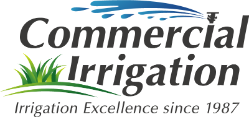
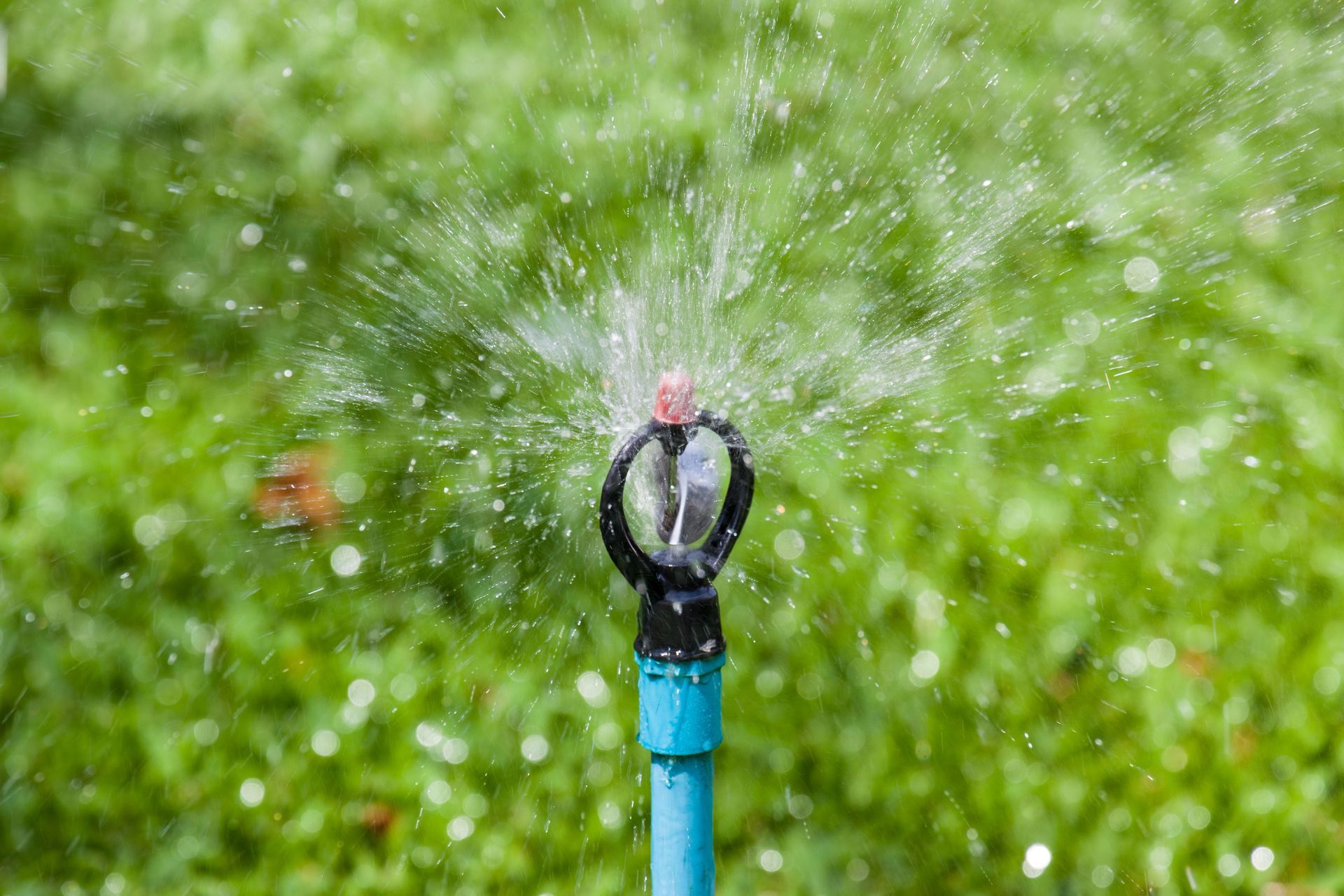
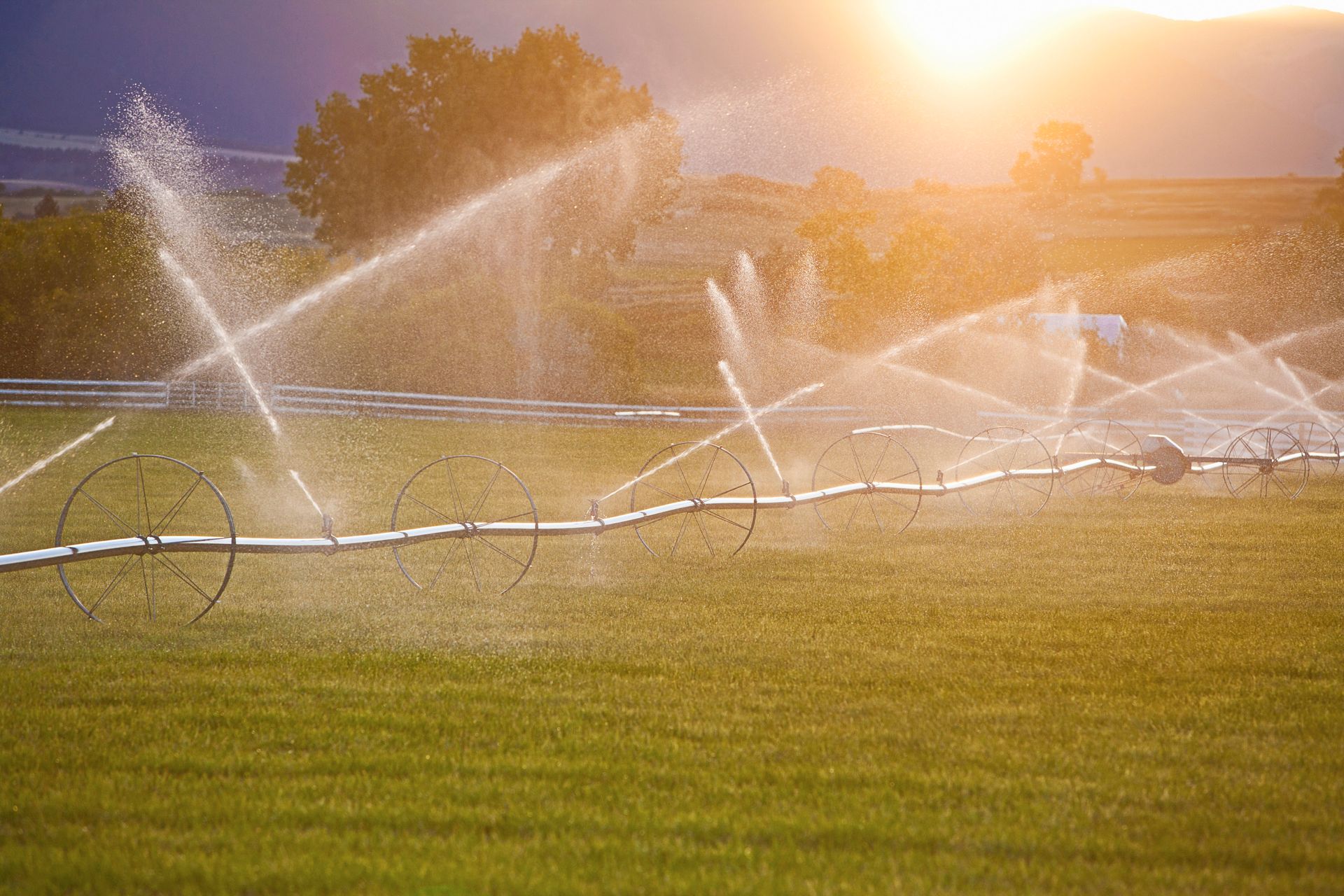
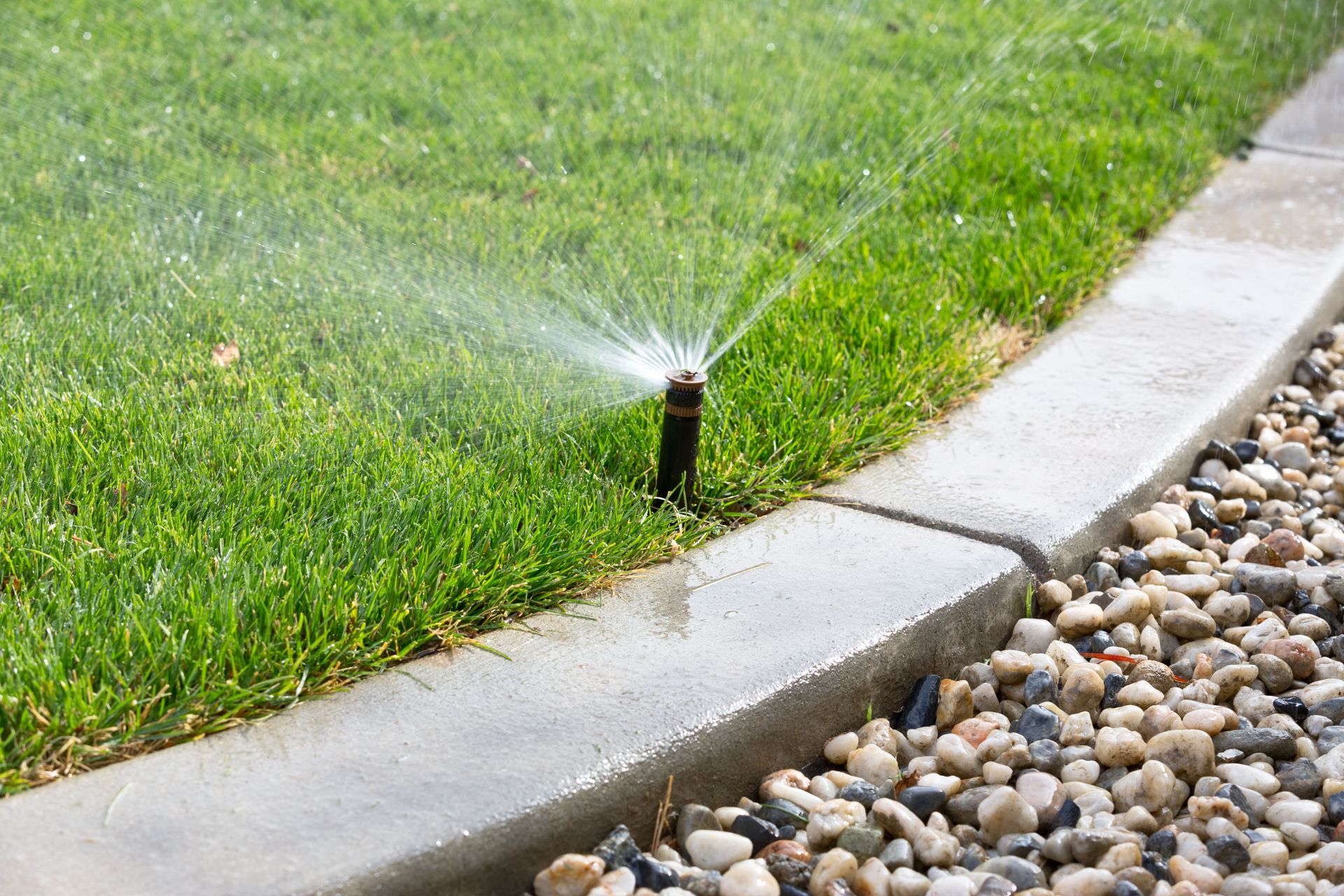
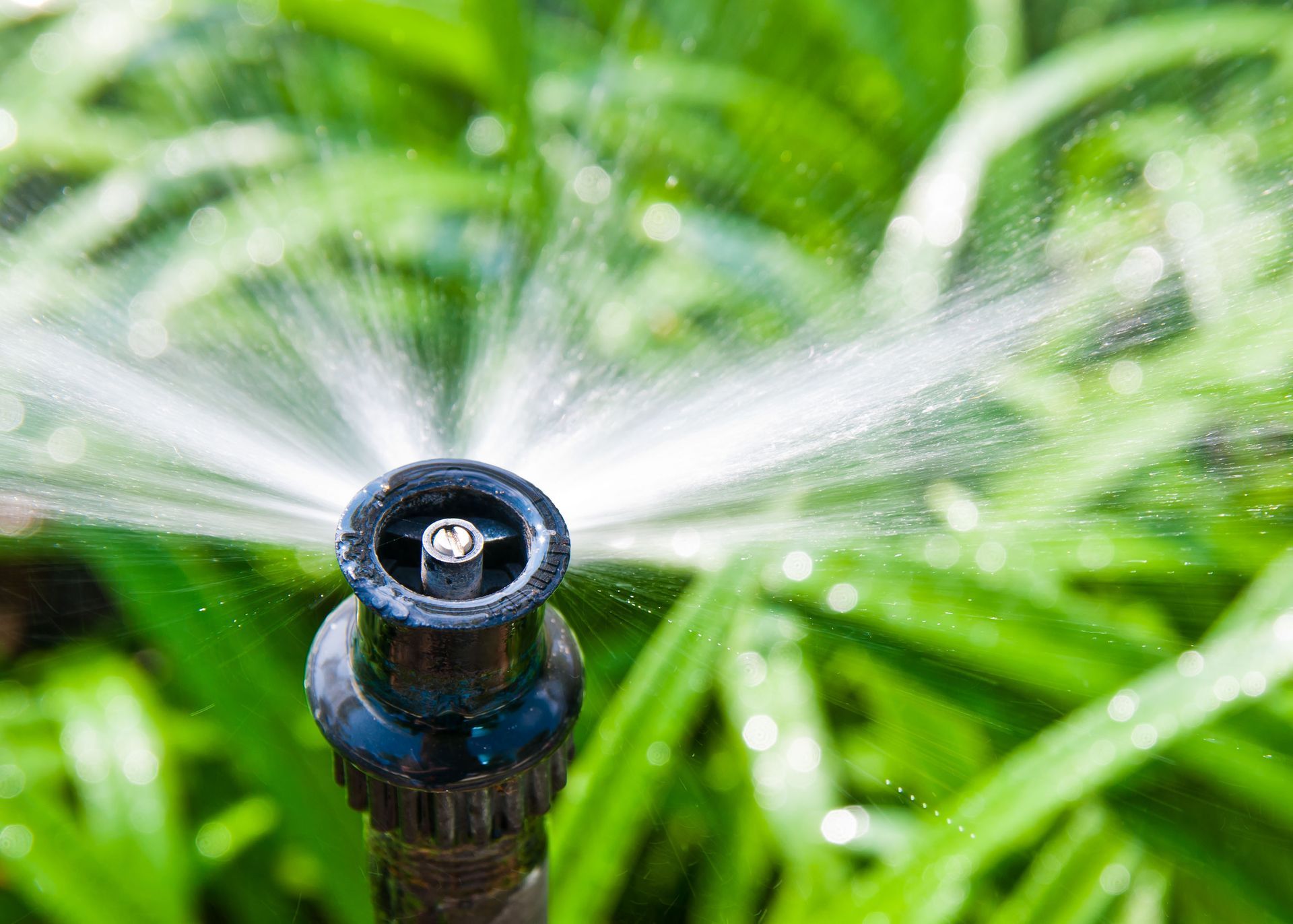
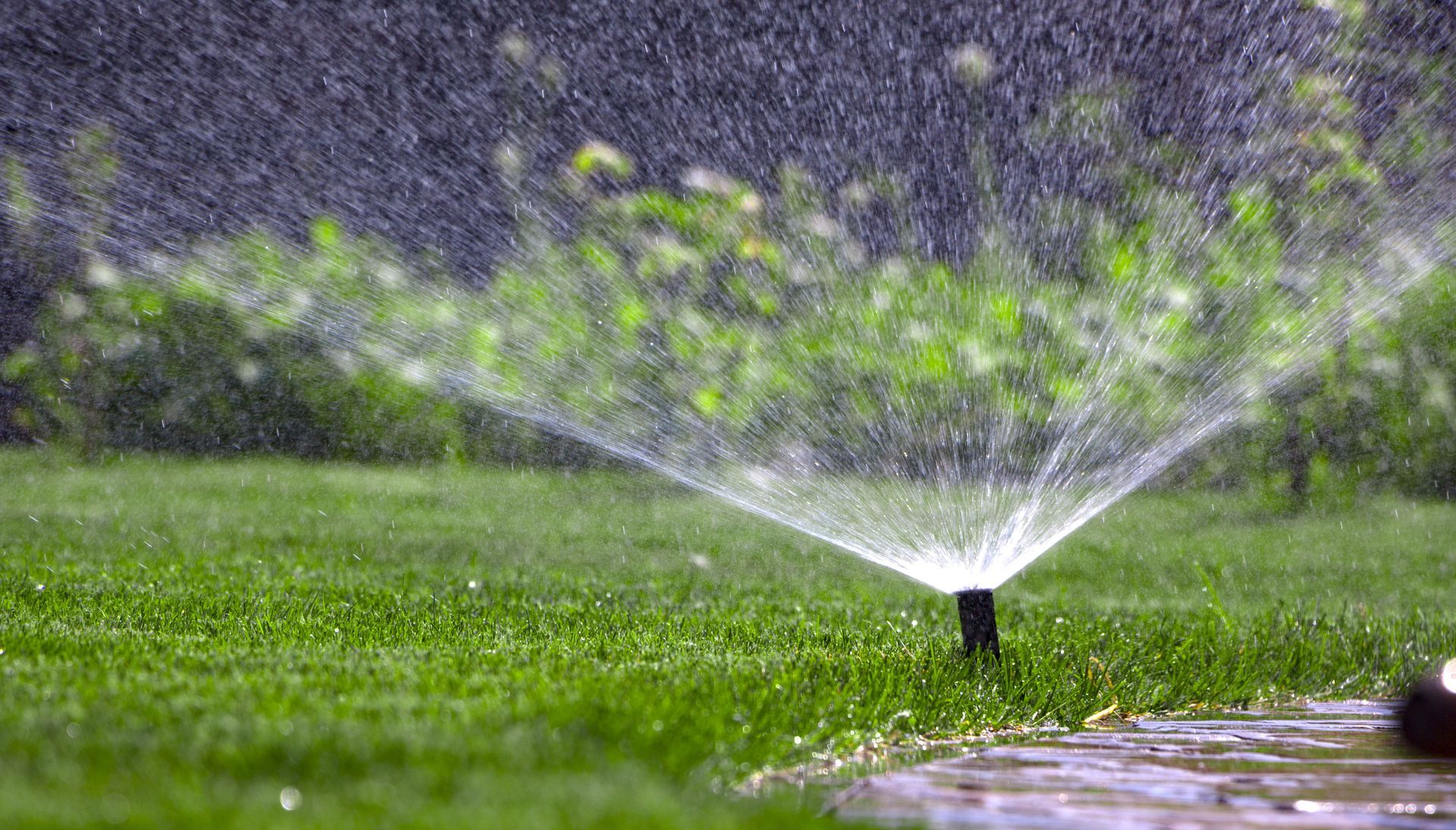
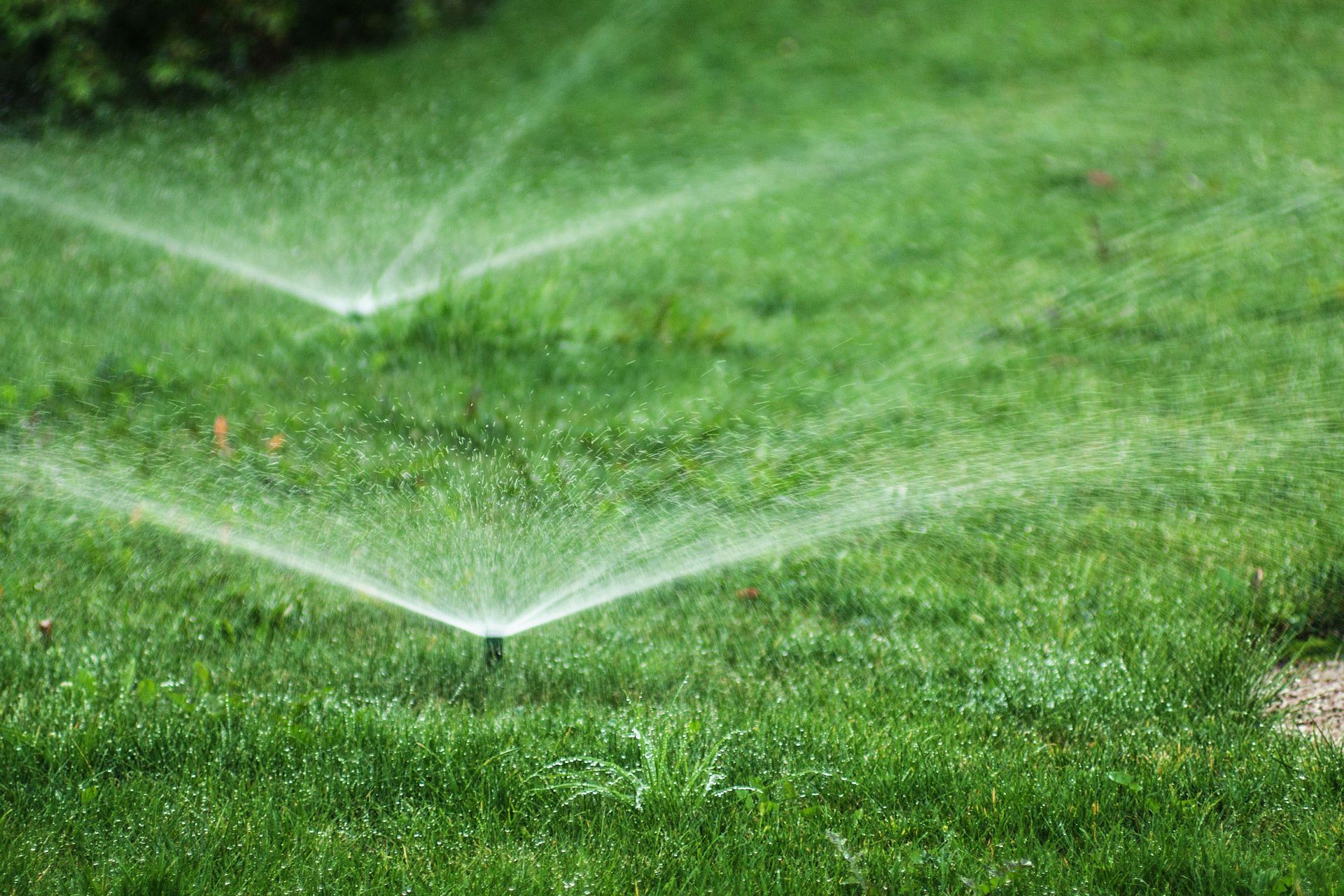
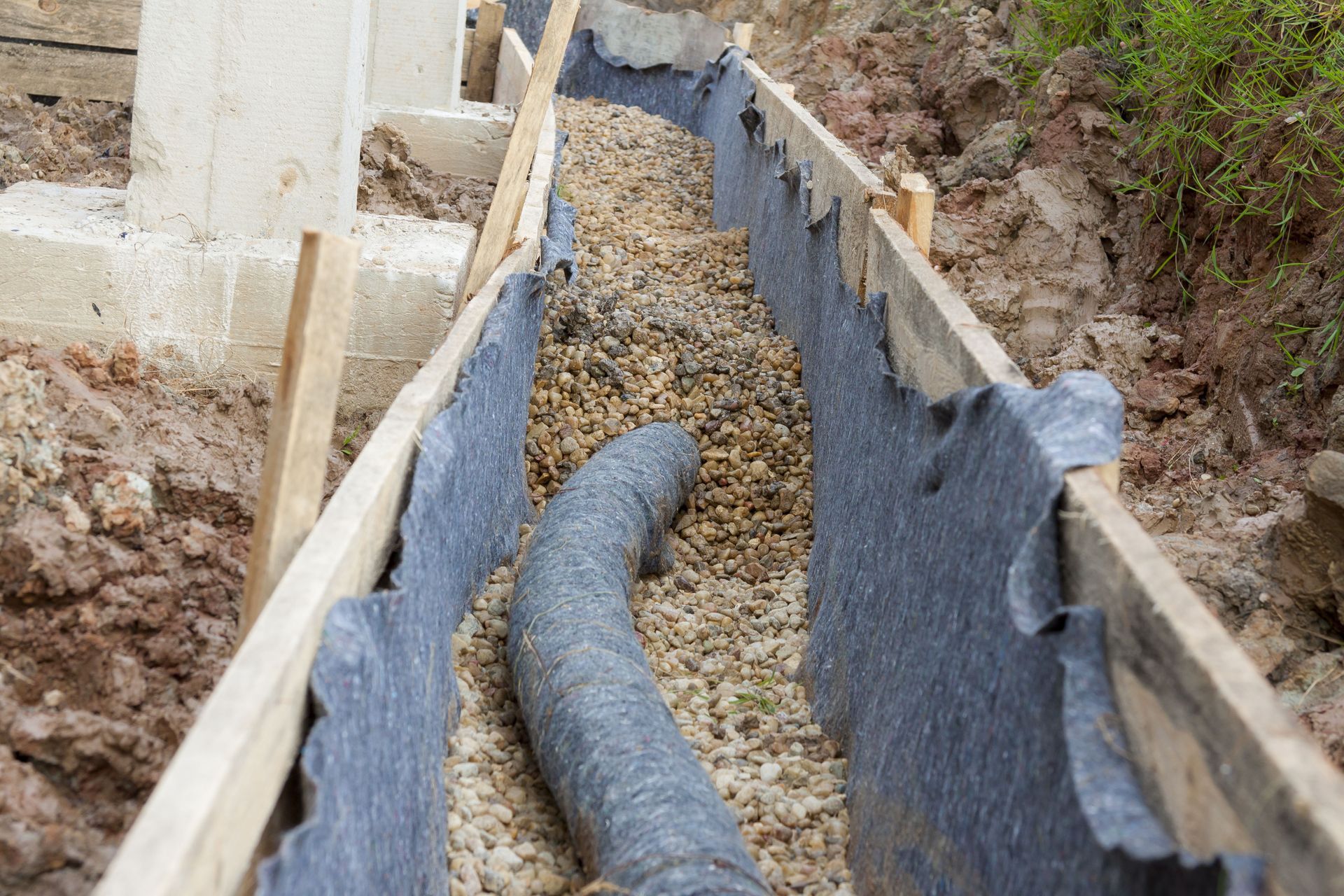



Share On: